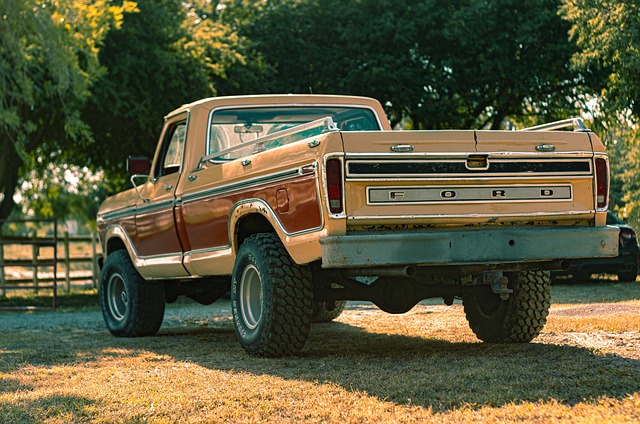Physical Address
304 North Cardinal St.
Dorchester Center, MA 02124
Physical Address
304 North Cardinal St.
Dorchester Center, MA 02124

Throughout the course of more than a century, numerous intriguing automobile designs, concepts, and prototypes have been created. Consider these 1990s vehicles, which left us perplexed. Not only did they include cars, but there are also a number of the strangest pickup trucks ever produced. Even more subtle instances of vehicle engineering that were common in the past are now regarded as strange or even potentially dangerous. Consider trucks from earlier models that have two gas tanks rather than one.
On the one hand, having two fuel tanks can be useful when carrying heavy loads or going on longer trips. Engineers may have more options for placement when using two smaller tanks rather than one larger one in situations where a single tank might not fit. These different tank configurations did, however, come with certain drawbacks and even risks.
Today, this option has all but vanished, with the exception of a few models such as the 2024 RAM 4500 Tradesman, which allows you to add 52 and 22-gallon dual fuel tanks for an extra $795.
Multiple fuel tanks were far more common in the 1970s, 1980s, and 1990s, especially on trucks from the Chevy and Ford series. This design was advantageous to truck buyers as well as automakers, which is why it was around for so long. Some Chevy trucks had a side-saddle fuel arrangement with a tank on each side of the bed from the early 1970s to the late 1980s. Ford used a fuel tank selector valve and mounted its tanks in the front and rear of the pickup, particularly in the 1980s.
In the past, engineers designed trucks with multiple fuel tanks to save space, give drivers extra fuel, and improve weight distribution, among other reasons. Certain late-model trucks, such as Ford’s earlier F series, were designed so that a single large tank could not fit within the vehicle. Pickup owners benefited from extra gas since their trucks burn more fuel when they are used for tough and demanding tasks like heavy towing. Finally, pickups with two tanks distribute the fuel’s weight evenly across the chassis for better balance.
Although having two gas tanks on your truck had certain benefits, there were also significant drawbacks, which led automakers to abandon the arrangement. One problem was that refueling would be an inconvenient experience. To fill up completely, you had to pump gasoline into two different tanks. Another problem was that the valve system, which operated the mechanism to switch between tanks, was not working properly. There were problems with these fuel selector valves, including shorting out when one tank was overfilled.
Chevrolet’s side saddle design, in which the automaker installed a tank outside the frame on each side of the truck, was one of the most concerning issues with dual gas tanks. This meant that these tanks were less safe in collisions and had a higher chance of rupturing and catching fire.
The Center for Auto Safety reports that between 1973 and 2009, Chevy trucks equipped with side saddle fuel tanks were involved in over 2,000 fatal fire accidents. With the exception of a few unique commercial level trucks like the previously mentioned RAM 4500 Tradesman, duel gas tank trucks have all but vanished due to improvements in fuel efficiency. The increasing size of trucks over the years is another intriguing aspect of truck design, and it may also contribute to the lack of need for dual tanks. Are you aware of how much larger pickup trucks have become over time?